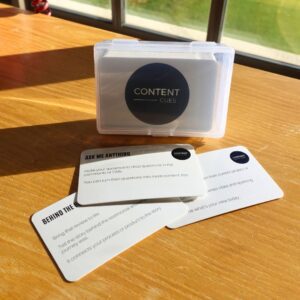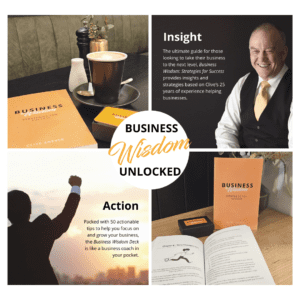Let’s look at physical or kinesthetic learners, their characteristics and how we can tailor our courses to them.
Kinesthetic learners learn best through touching, feeling and experiencing a concept. They prefer to experience ideas by testing and demonstrating rather than discussing and best learn by taking things apart and putting them together again to see how it unfolds.
The Characteristics of a Kinesthetic Learner
You often know a kinesthetic learner when you come across one. They learn through movement, building, and visuals. The characteristics of kinesthetic learners include:
- Highly coordinated
- Have a hard time standing or sitting still
- May have difficulty staying engaged and paying attention
- Lots of energy
- Remember how to do something after doing it once
- Understand how things work
Teaching to kinesthetic learners can be difficult, particularly if your learning style prefers quiet spaces, or learning through words and images. You may find that they are best taught utilising traits from auditory and visual learners, particularly running discussion groups, video conferencing and storytelling.
Teaching Kinesthetic Learners
When dealing with learners who learn best by doing and experiencing, you need an active teaching style. Some strategies for working with kinesthetic learners include:
- Allow for the course to be broken down into smaller sections to allow for short breaks regularly
- Use games, puzzles and quizzes within the course
- Demonstrate information in a relevant setting
- Group discussions and projects
- Use real-life examples of what you are teaching
- Allow for live elements to be replayed
How to Help:
Kinesthetic learners learn best through doing, so ensuring that you have real-life examples of what you are teaching, or demonstrations of how to use the information or skills in a live setting will assist in retaining attention.
As a course creator, it is important to understand the learning styles and how your students will learn best from you. Ensuring you have plenty of options for movement, discussion and experimenting to help explain the information in your course will benefit kinesthetic learners.








